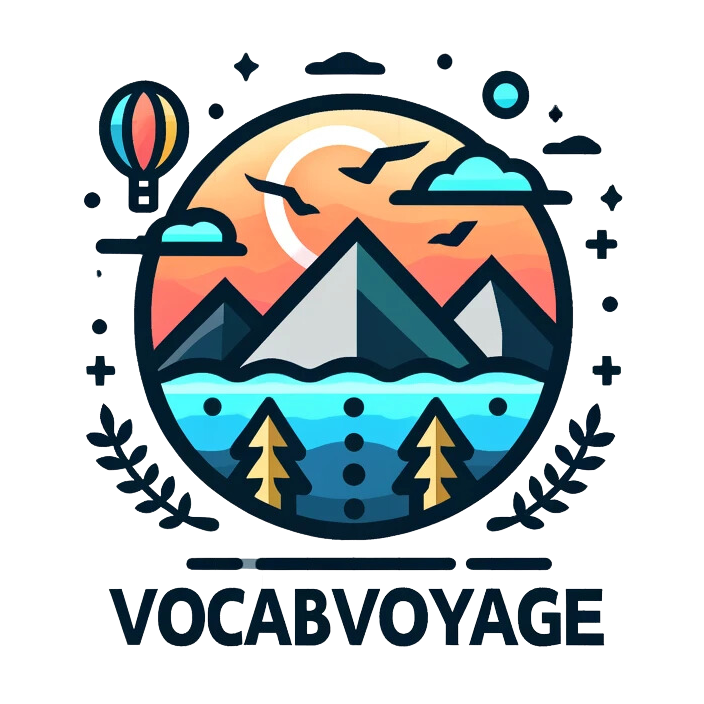A Detailed Language Learning Plan (PDF): From Beginner to Fluent
Embarking on a language learning journey can be both exciting and daunting. Whether you dream of speaking Spanish fluently, mastering Japanese, or getting by in German, having a solid plan is your ticket to success. 🌍✨ What if we told you that with the right plan, moving from a beginner level to fluency is not just possible, but can be a fun adventure? That’s exactly what we’re here to discuss today. Let’s dive into creating a detailed language learning plan that can take you from A2 to C1 levels, complemented by our very own Vocab Voyage tool designed to supercharge your vocabulary skills!
The Ultimate Language Learning Plan
Language learning is a marathon, not a sprint. It requires patience, dedication, and the right strategies. Here’s a step-by-step plan to guide your journey. Remember, adjustment is key; feel free to modify this plan to suit your personal learning style and schedule.
📚 Phase 1: Foundations (A2-B1)
Weeks 1-4: Focus on essential vocabulary and grammar. Use Vocab Voyage to learn the 500 most common words in your target language. These words form the backbone of daily conversations.
Weeks 5-8: Start incorporating simple reading and listening exercises into your daily routine. Children’s books and easy articles are great resources. Listen to music and watch shows in your target language with subtitles.
Weeks 9-12: Begin practicing speaking and writing. Join language exchange communities or find a language partner online. Keep a daily journal in your target language, no matter how simple your sentences might be.
🚀 Phase 2: Intermediate (B1-B2)
Weeks 13-26: Amplify your vocabulary with Vocab Voyage by stepping up to intermediate-level words. Diversify your reading materials and challenge yourself with more complex texts.
Weeks 27-40: Engage more deeply with content in your target language. Watch movies and listen to podcasts without subtitles. Begin writing short essays or stories, focusing on using varied sentence structures and richer vocabulary.
Weeks 41-52: At this stage, start integrating into communities where your target language is spoken. Participate more actively in forums, attend language meet-ups, or even plan a trip to a country where the language is native.
🌟 Phase 3: Advanced (B2-C1)
Year 2, Weeks 1-26: Challenge yourself with advanced vocabulary and idiomatic expressions using Vocab Voyage. Read extensively, including novels and professional articles, to understand different writing styles and complex ideas.
Year 2, Weeks 27-52: Focus on refining your speaking and writing. Seek feedback from native speakers and language teachers. Immerse yourself by engaging in debates, giving presentations, or starting a blog in your target language.
Why a PDF Plan?
Having your language learning plan in PDF format means that you can easily access it anytime, anywhere. It serves as a tangible reminder of your goals and progress. Plus, it’s easy to share with friends or fellow language learners for that extra bit of motivation!
How Vocab Voyage Can Help
At Vocab Voyage, our aim is to make your vocabulary expansion journey as smooth and effective as possible. Our platform focuses on helping learners at A2 to C1 levels learn more efficiently. By dedicating your study time to vocabulary, you’ll find that understanding and speaking your target language becomes much easier. 🚀
Final Thoughts
Every language learner’s journey is unique, but the key to success is consistency and having a solid plan. Our language learning plan PDF is designed to guide you through each step of the process, from beginner to fluent. Remember, the best way to learn any language is to stick at it, no matter what methods or tools you use. Your language learning adventure awaits, and we at Vocab Voyage are excited to be a part of it. Let’s embark on this voyage together! 🌟
Ready to Start Your Voyage?
Head over to www.vocabvoyage.com to discover how our tool can transform your language learning journey and help you reach fluency faster. Happy learning!
